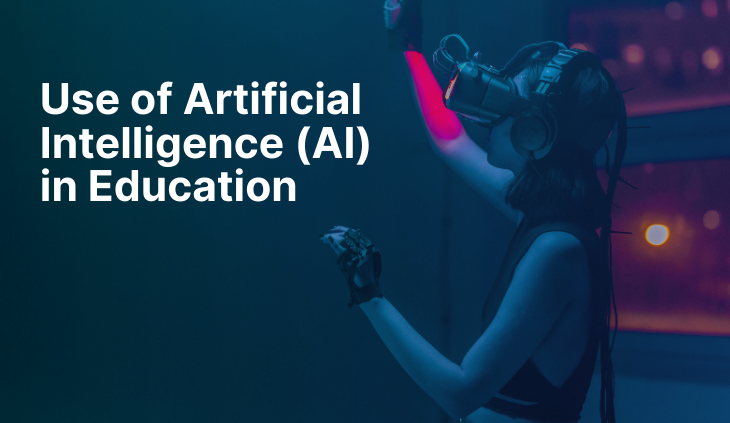The educational landscape is undergoing a rapid transformation with the integration of artificial intelligence (AI), presenting innovative solutions to age-old challenges and unlocking new avenues for personalized learning, increased accessibility, and heightened efficiency. Amid ongoing discussions about screen time, AI tools are quietly revolutionizing classrooms and educational institutions worldwide.
Teacher Collaboration: Fostering Enhanced Learning Synergy
Rather than aiming to replace teachers, AI is designed to empower them. By automating time-consuming administrative tasks such as grading and offering personalized learning suggestions, AI liberates teachers’ valuable time and energy. This allows educators to concentrate on their strengths: nurturing understanding, building meaningful student relationships, and adjusting instruction to cater to individual student needs. The symbiotic relationship between human expertise and AI capabilities holds the potential to significantly enhance the learning experience for every student.
Tailoring Learning to Individual Needs: A Personalized Educational Approach
One of the most promising applications of AI in education is its capacity to personalize learning journeys. Through advanced adaptive learning platforms, AI analyzes a student’s unique strengths, weaknesses, and learning style, tailoring the curriculum and instruction to meet their specific needs. This ensures that students are consistently engaged and challenged while receiving the necessary support to excel.
Democratizing Education: Breaking Down Access Barriers
AI possesses the capability to democratize education, making it more accessible to individuals regardless of location, language, or disability. Tools like Presentation Translator offer real-time subtitles for lectures, enabling students with hearing impairments to actively participate in the classroom. Moreover, AI-powered learning platforms can be accessed remotely, providing educational opportunities for students who face challenges attending traditional schools.
Enhancing Efficiency and Streamlining Administration: Prioritizing Impactful Activities
AI can manage numerous administrative tasks that often burden teachers and administrators, thereby enhancing efficiency and streamlining processes. From automating grading and scheduling to handling student data and enrollment procedures, AI significantly improves administrative efficiency. This allows educators to dedicate more time to individual students and focus on enriching the overall learning environment.
Beyond the Classroom: AI as an External Resource and Support System
AI-driven tutoring and support systems are becoming increasingly sophisticated, offering students valuable assistance outside the classroom. These tools provide personalized feedback, answer questions in an informative and engaging manner, and offer guidance on specific topics or challenges. This empowerment not only encourages students to take charge of their learning but also provides essential support when parents or teachers are unavailable.
The Educational Future: A Collaborative Ecosystem for Success
The future of education lies in a collaborative ecosystem where AI and human intelligence collaborate to create personalized, accessible, and engaging learning experiences for all. As AI technology evolves, we anticipate more innovative applications that will further revolutionize education and empower learners to achieve their full potential.
Conclusion: Embracing AI for an Enlightened Educational Future
AI is not merely a passing trend in education; it is a dynamic force steering transformative change. By embracing AI’s potential and effectively harnessing its capabilities, we can forge a future where every student has the opportunity to thrive and succeed. This goes beyond technology adoption; it’s about cultivating a more inclusive, equitable and effective learning environment for all.
